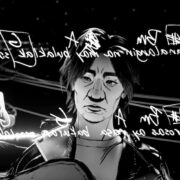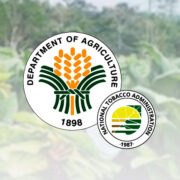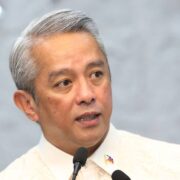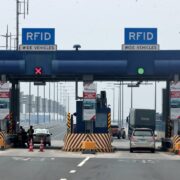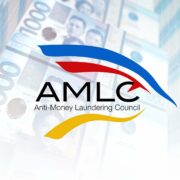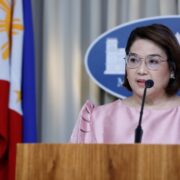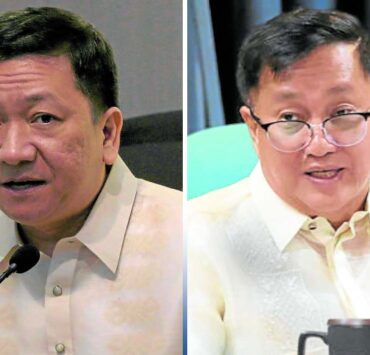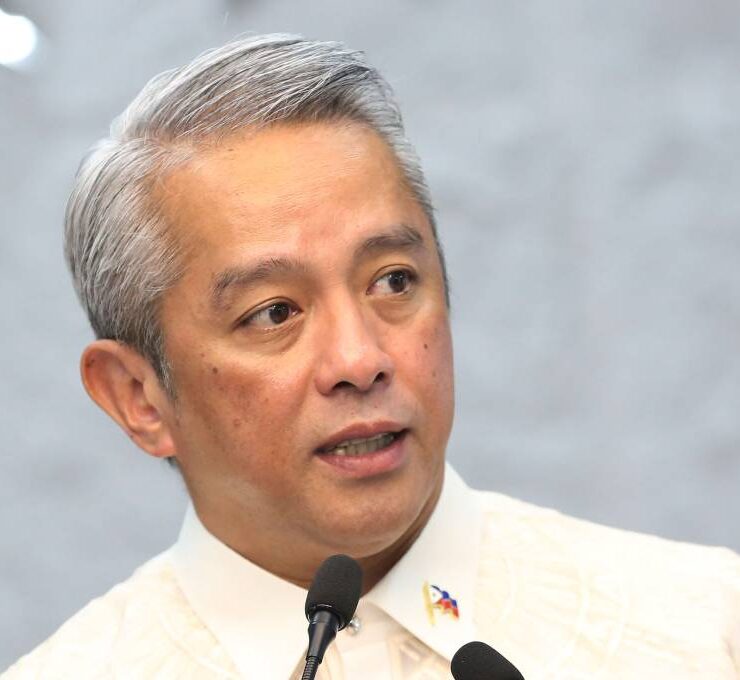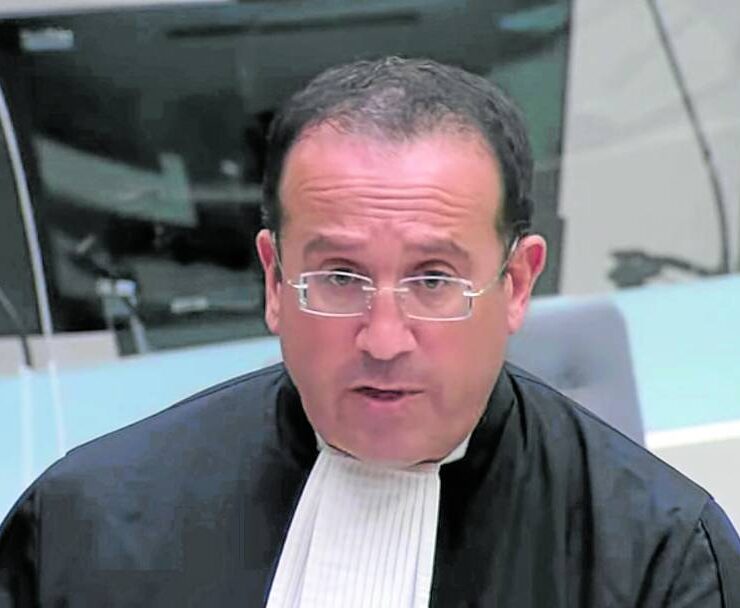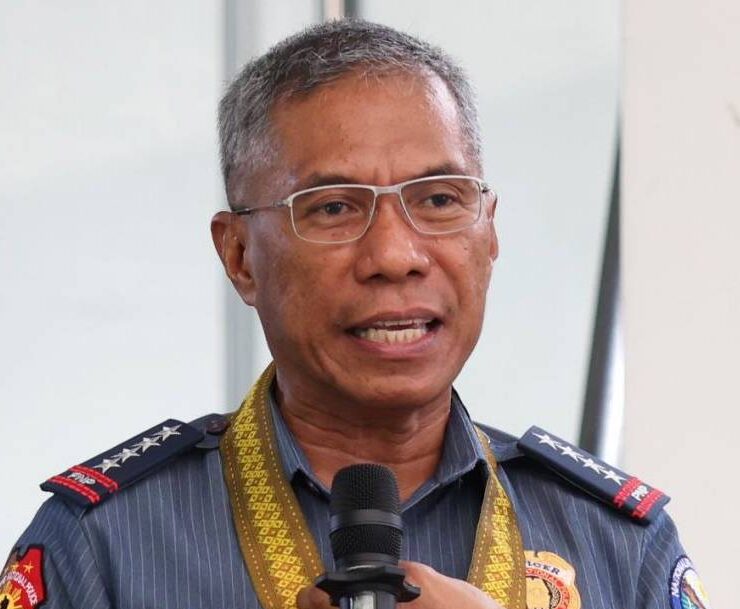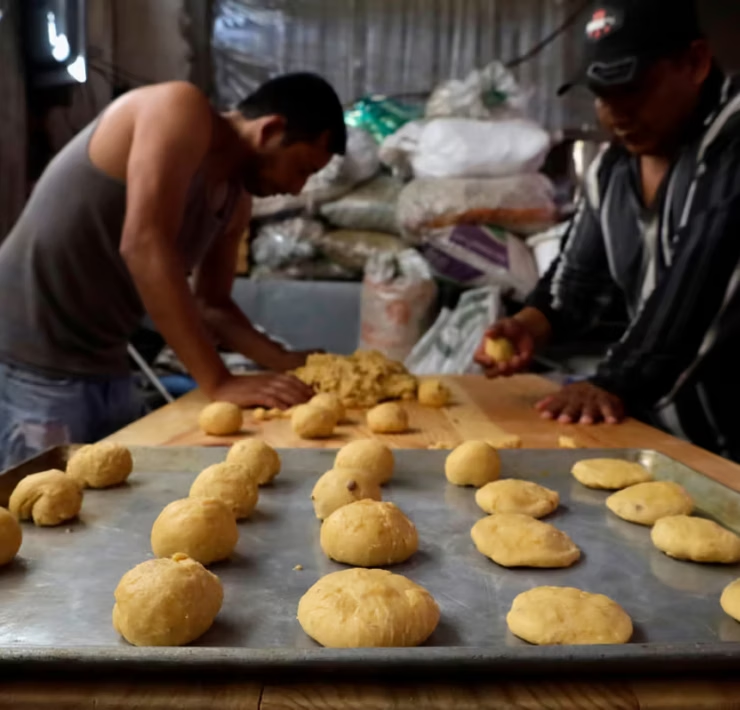‘P20 per kilo’ rice program feeds Palace-VP Sara hostilities

The government program to sell rice at only P20 a kilo, which President Marcos said would be rolled out first in the Visayas to finally fulfill a campaign promise, set off another sour exchange between Malacañang and Vice President Sara Duterte.
Presidential Communications Office Undersecretary and Palace press officer Claire Castro on Thursday called on Duterte and other critics cynical of the program to rid themselves of negativity and “crab mentality’’ and just be supportive of the initiative.
This was a day after Duterte, in a press conference in Negros Occidental, said she thought the President was just giving offer “false hopes” to the people since rice sold that cheap may not be “fit for human consumption but only for animals.”
“If you sell rice at P20 per kilo, make sure it can be eaten by people. Filipinos are not animals,” said Duterte, whose 2022 election alliance with the President has deteriorated into open hostility.
Duterte also wondered why the program was being launched only in the Visayas.
“Aren’t the people in Mindanao getting hungry, too? The people in Luzon? And why was there a meeting at the Cebu capitol with the governors, the majority of the governors in the Visayas? Maybe they have problems getting votes for their candidates in the Visayas. Maybe,” she said.
In response, Castro said critics “have been making an issue out of this even before, that the President will not be able to fulfill his aspiration to make rice available at P20 per kilo.’’
“Now that it has been fulfilled by the President, why are they being negative about this?” she said in a Palace briefing.
Agri secretary hurt
As to quality of the stock being questioned by Duterte, she said: “The rice being sold is the same as the one being sold for P 33 per kilo. We should not belittle our farmers who planted and harvested this rice. If anyone would claim that this rice is only for animals, they are also belittling the farmers who sold their harvest to the NFA (National Food Authority).”
Agriculture Secretary Francisco Tiu Laurel Jr. also expressed disappointment over Duterte’s remarks.
“With all due respect to the Vice President, the Department of Agriculture family is deeply hurt by her suggestion that NFA rice to be sold is (not for human consumption, for animals),“ Tiu Laurel said in a statement on Thursday.
“Saying the rice that NFA distributes is animal feed is an affront to the quality of rice our millions of hardworking farmers produce. This is false,” said Tiu Laurel, who also chairs the NFA Council.
Campaign ploy
Castro also disputed Duterte’s claim that the program was a way to court votes for administration candidates in the May 12 elections.
She said Visayas was chosen as the pilot region because the NFA warehouses in the region had excess stocks and local officials were willing to cooperate in the plan.
“We should not be negative, we should not immediately see it in a bad light and claim that it is just politicking,” Castro said.
Tiu Laurel earlier said the program would be launched in Central, Western and Eastern Visayas as well as Negros Island Region because “there are more people in need in these regions.”
The ultimate goal, he said, is to have it implemented nationwide.
Is it sustainable?
Meanwhile, the Philippine Chamber of Agriculture and Food Inc. (PCAFI) welcomed the initiative being beneficial to low-income families.
“Due to the large amount of subsidy involved, however, the government, I fear, might have a difficult time sustaining it,” PCAFI president Danilo Fausto said.
The Federation of Free Farmers (FFF) agreed that the program is difficult to sustain as the selling price is “artificially low.”
According to FFF national manager Raul Montemayor, the government is set to lose P25 a kilo if the NFA buys palay (unmilled rice) at P24 a kilo while its break-even price in selling milled rice is at P45.
“Assuming the government sells 1.3 million metric tons at this price, or 10 percent of the annual consumption, the total subsidy requirement for one year will be about P35 billion,” Montemayor said.
“We welcome and support efforts to reduce rice prices, as long as it is not through tariff reductions or unlimited imports,” Samahang Industriya ng Agrikultura executive director Jayson Cainglet said.
Shrinking income
Small farmers, however, were not as receptive.
In Dumangas, Iloilo, tenant rice farmer Ricardo Domines said that while the program may favor consumers, it threatens to drive farmers like him deeper into poverty.
“They should’ve lowered [the cost of] farm inputs first—fuel, fertilizer, seeds, labor,” he told the Inquirer.
Domines said production costs in the province can go as high as P50,000 per hectare. With palay selling for only P12 per kilo, he fears they would be operating at a loss.
“Our income is already in the negative. If we harvest 100 sacks, that’s only P50,000–P60,000. After deducting land rent, what’s left for us?” he said.
Rodrigo Alumbro, president of the farmers’ group Camansihay, Odiongan, Pagsang-an, Sulpa, Balucawehay, and Tinalian Irrigation Association in Abuyog, Leyte, considers the program a cause for concern among farmers.
“It’s good for the rice-consuming public, but not for us farmers. That would mean our income will decline since we will have to sell our produce at a lower price,” Alumbro said.
Jesus Jimenez, chair of the Negros Occidental Accredited Seed Producers Cooperative, saw the program as a political move in time for the midterm elections. —WITH REPORTS FROM RUCHELLE DENICE DEMAISIP, CARLA GOMEZ, JOEY GABIETA AND LEO UDTOHAN, INQUIRER VISAYAS

